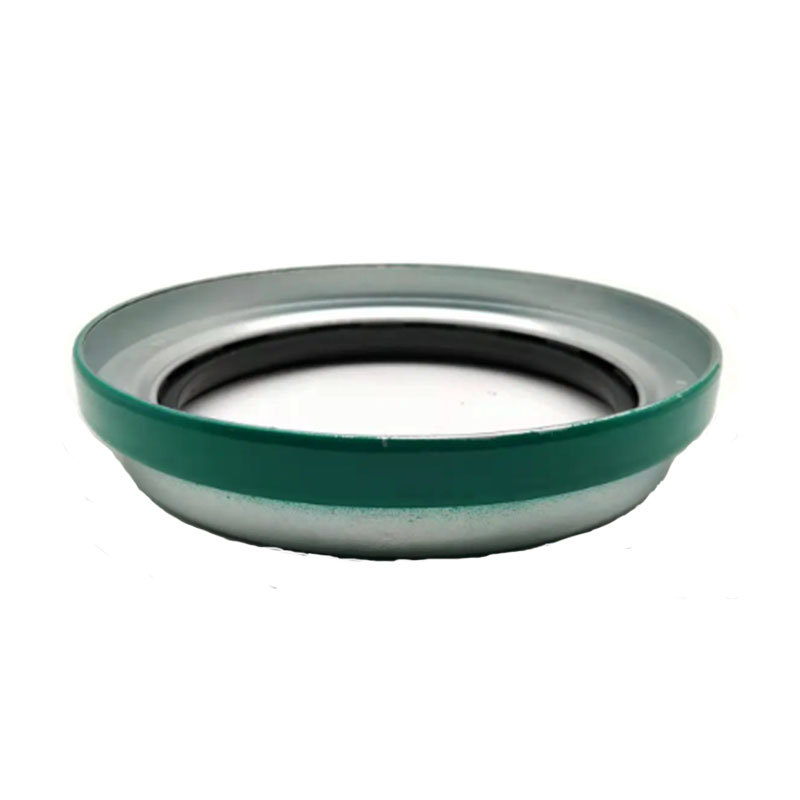seal between the engine and transmission
The Importance of the Seal Between the Engine and Transmission
The automotive industry has evolved tremendously over the past century, introducing innovations that enhance performance, efficiency, and durability. Among the many components that contribute to a vehicle's functionality, the seal between the engine and transmission often goes unnoticed. However, this seemingly simple yet critical component plays a vital role in ensuring the overall health of the vehicle’s drivetrain.
Understanding the Seal
The seal between the engine and the transmission is specifically designed to prevent the mixing of fluids, provide a barrier against contaminants, and maintain the necessary pressure required for optimal operation. Typically made from materials such as rubber or synthetic compounds, these seals must endure the harsh conditions of engine environments, including high temperatures, varying pressures, and exposure to oils and fuels.
Functions of the Seal
1. Leak Prevention One of the primary functions of this seal is to prevent the leakage of fluids. The engine and transmission each have specific types of oils that are critical for their operation. Engine oil lubricates the moving parts inside the engine, while transmission fluid is essential for smooth gear shifting and overall performance of the drivetrain. Any leakage could lead to reduced efficiency, increased wear and tear, and, ultimately, catastrophic failure of one or both components.
2. Contaminant Barrier The seal acts as a safeguard against dirt, dust, and other contaminants that can enter the engine or transmission through microscopic openings. If contaminants penetrate these areas, they can cause significant damage, leading to costly repairs or replacements.
3. Pressure Maintenance Proper sealing between the engine and transmission is vital to maintaining the pressure necessary for effective operation. If this pressure is compromised due to a faulty seal, it can lead to engine misfires, slipping transmissions, and an overall decline in performance.
Signs of a Failing Seal
seal between the engine and transmission

Recognizing the signs of a failing seal is crucial for vehicle maintenance
. Common indicators include- Fluid Leaks The most apparent sign of a failing seal is the presence of fluid leaks underneath the vehicle. A specific mix of oil and transmission fluid may indicate that the seal is deteriorating.
- Strange Noises Unusual noises coming from the engine or transmission can signal that something is wrong, including the seal's integrity. Grinding, whining, or clunking noises may suggest internal damage resulting from improper lubrication.
- Warning Lights Modern vehicles are equipped with sensors that monitor various systems. If the seal's failure leads to low oil or transmission fluid levels, the dashboard warning lights may illuminate, prompting immediate attention.
Maintenance and Replacement
Regular inspections and prompt maintenance are crucial in prolonging the lifespan of the seal between the engine and transmission. This includes checking fluid levels, looking for signs of leaks, and replacing fluids as recommended by the manufacturer. If a seal is found to be compromised, replacing it promptly is essential to avoid further damage.
The replacement process may vary depending on the vehicle's make and model, as some configurations may require significant disassembly. Due to the critical nature of this component, it is advisable to have a qualified mechanic handle the replacement to ensure that the seal is installed correctly and that no contaminants enter the engine or transmission during the process.
Conclusion
In summary, the seal between the engine and transmission serves a critical function in maintaining the vehicle's performance and longevity. While it may be an overlooked component, its role in preventing leaks, blocking contaminants, and maintaining pressure cannot be underestimated. Regular maintenance and timely replacement of this seal are essential to ensuring that your vehicle remains reliable and operates at peak efficiency.
-
Understanding the Front Main Engine Seal: Purpose, Maintenance, and Installation
News Jul.29,2025
-
Understanding O-Rings and Seal Rings: Types, Applications, and Custom Solutions
News Jul.29,2025
-
Understanding Crankshaft Oil Seals: Rear Seals, Pulley Seals, and Their Role in Engine Integrity
News Jul.29,2025
-
The Importance of Front and Rear Crankshaft Seals in Engine Performance and Oil Management
News Jul.29,2025
-
Crank Oil Seals: Functions, Types, and Cost Considerations in Engine Maintenance
News Jul.29,2025
-
A Comprehensive Guide to O-Rings and Seals: Types, Materials, and Global Applications
News Jul.29,2025
-
Mastering Diesel and Performance Engine Maintenance: A Guide to Critical Oil Gaskets
News Jul.28,2025
Products categories















